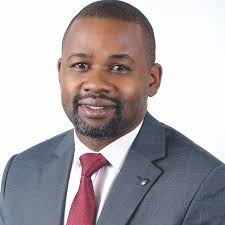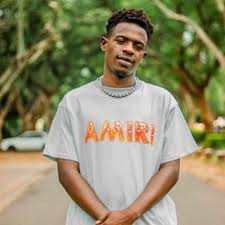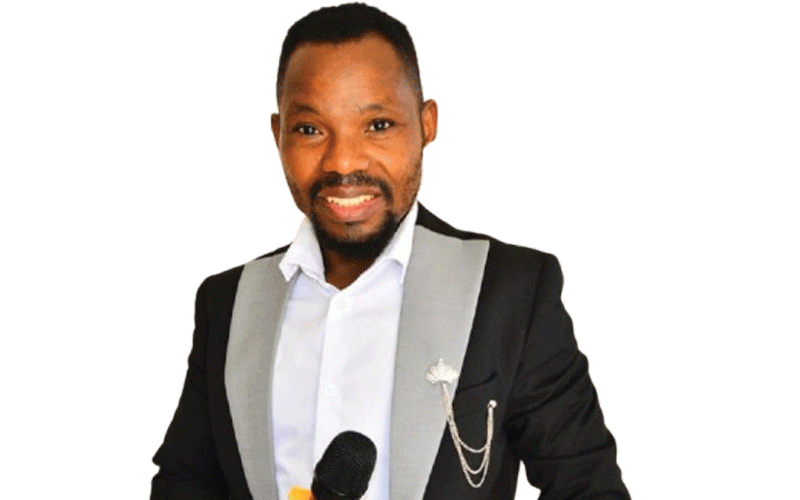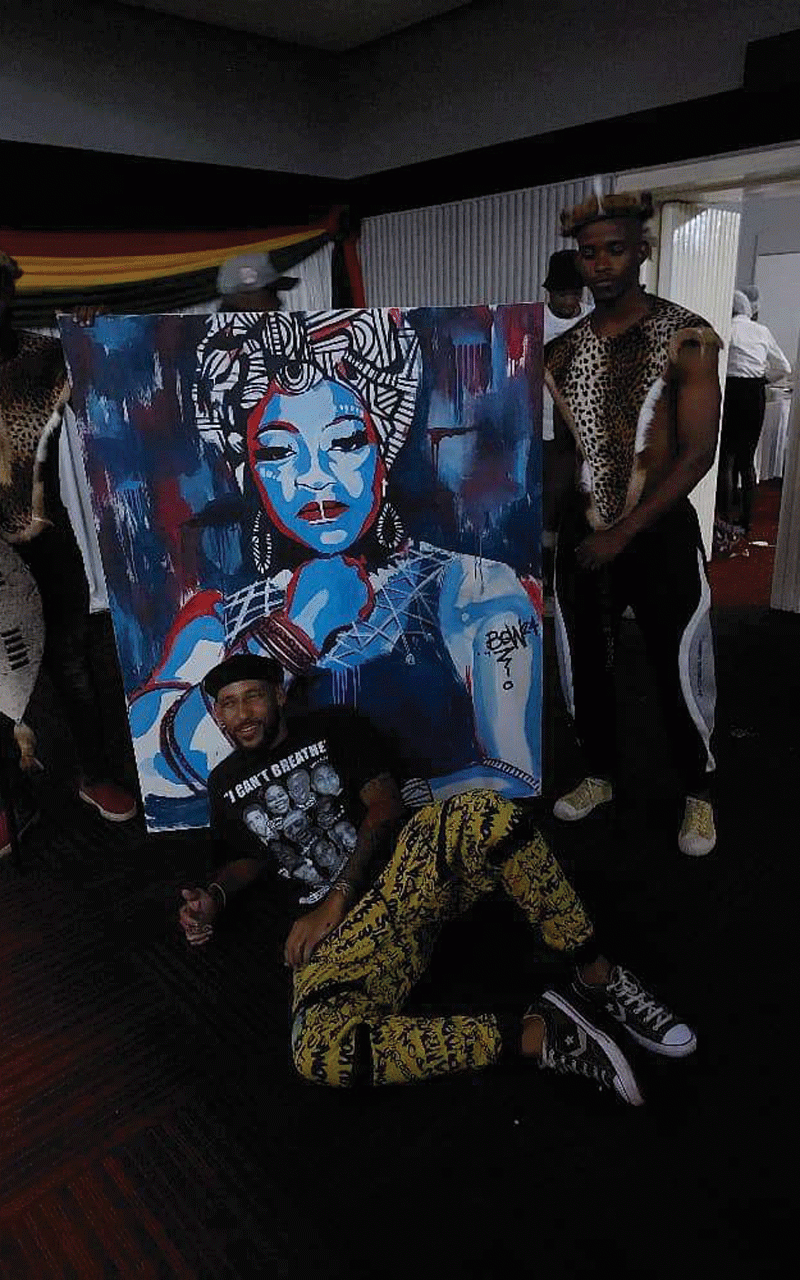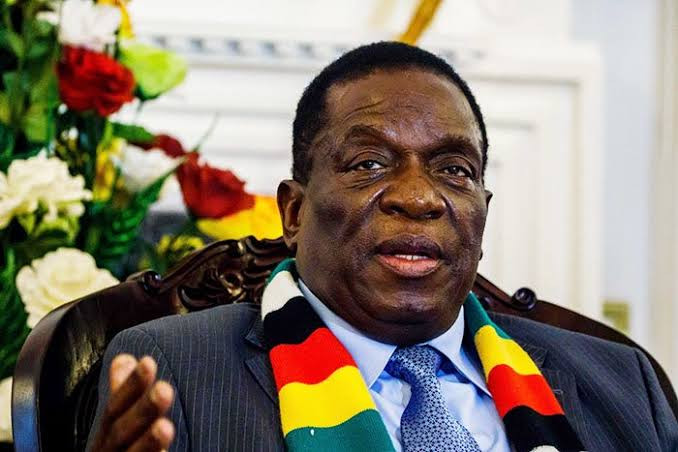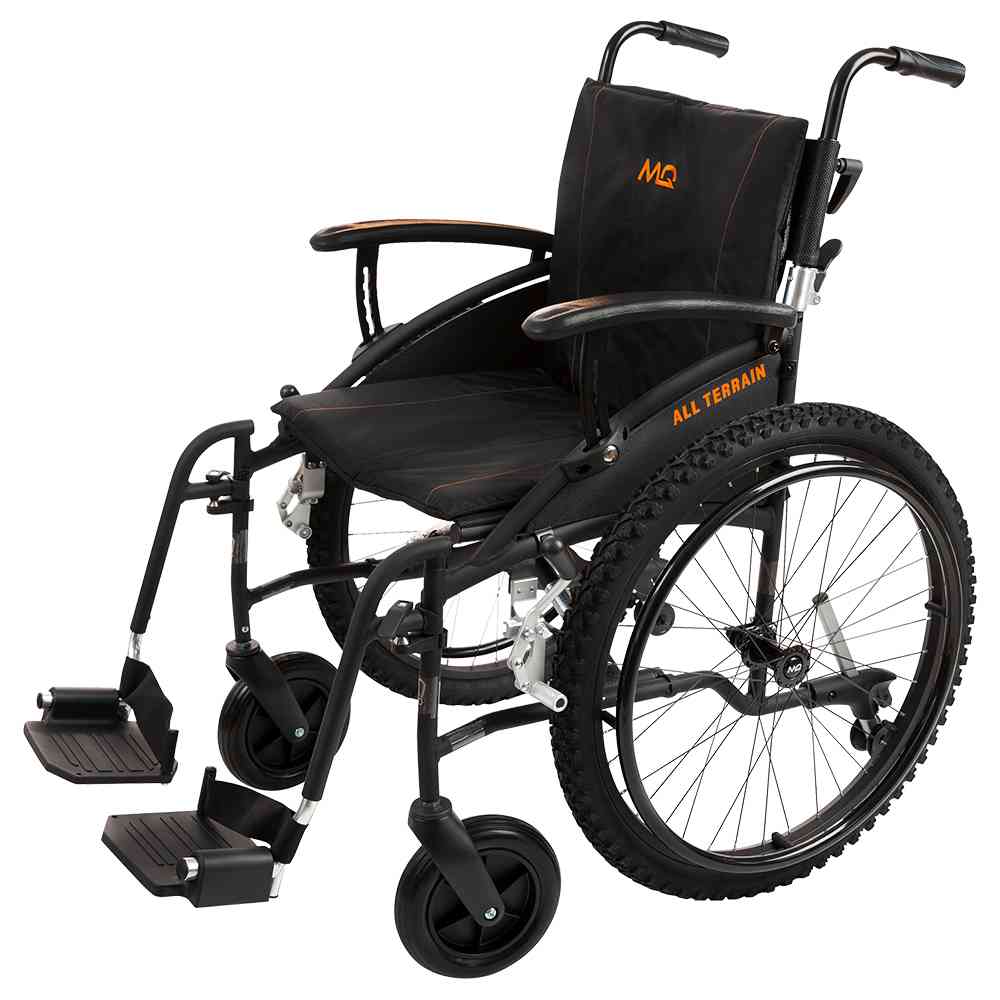
There is a need to turn to people with disabilities' formations of disability culture as expressed in the context of the arts and to understand new ways that can also lead to community integration.
In looking into the arts sector we examine not only the representations that persons with disability artists create, but the art-making and arts presenting processes themselves.
Every year on the third of December we observe the international day of persons with disability (PWD). It is an international observance promoted by the United Nations since 1992. It has been observed with varying degrees of success around the planet.
The observance of the day aims to promote an understanding of disability issues and mobilise support for the dignity, rights and well-being of persons with disabilities. It also seeks to increase awareness of gains to be derived from the integration of persons with disabilities in every aspect of political, social, economic and cultural life.
This day is also observed in line with the 16 days of activism against gender-based violence (GBV) which impacts highly on persons with disability as they are more vulnerable to forms of abuse and discrimination. This is in particular reference to women with disability who remain at higher risk of GBV.
Society has from time immemorial ostracised persons with disability as they have been seen as charity cases, and people with no capacity to be autonomous and be self-expressive.
In the context of Zimbabwe, community life takes central precedence, and it refers to people with and without disabilities inhabiting a shared community space, but the extent to which they are integrated or segregated varies.
Community living includes domains such as employment, housing, recreation and education. Consider the following scenarios. People with disabilities might be employed at a sheltered workshop in the larger community, but that workshop would still be a segregated environment.
Children with disabilities might attend their neighbourhood public school, but they may spend much of their day in “resource rooms” in which they have no interaction with their non-disabled peers. In each domain, the larger community does little to change its structures.
Instead, these domains flex to incorporate PWD as segregated individuals or groups, which is something that trickles down to the field of the arts sector.
Disability art mines the disabled body, mind, and senses for creative insight. Instead of adapting to the way a mainstream art form has been created with standardised bodies particular to it, disability art starts with disability experiences and bodies with a disability just as they are.
Disability art reflects these experiences and bodily configurations, either in content or form. In other words, the artwork's content may be “about” disability explicitly or its form may be influenced by impairment implicitly. For example, a painting may not appear to be about disability in content, for example, a landscape but the painting might retain traces of impairment in a form such as a brushstroke of paint created by a brush held in the mouth rather than the hand.
Disability art is created by and for PWDs, not merely about disabled people, and is accessible. For example portraits of PWDs would not be exhibited on the second floor of a no-elevator building. Though the work is presented to all audiences, disability art does not feel compelled to serve a consciousness-raising lesson, unlike mainstream art featuring disability such as movies.
When these movies feature characters that are PWDs, they are geared toward teaching non disabled characters transformative lessons about themselves. These non disabled characters serve as metonyms or substitutes for mainstream society itself.
Disability art contributes to the deliberate building of disability culture, which is an expression of disability community values and aesthetics whether in the arts, activism, or daily life.
Community living and participation means being able to live where and with whom you choose; work and earn a living wage; participate in meaningful community activities based on personal interests; have relationships with friends, family and significant others; be physically and emotionally healthy; be able to worship where and with whom you choose if desired; have opportunities to learn, grow and make informed choices; and carry out responsibilities of citizenship such as paying taxes and voting.
As artists we have to advocate for the inclusion of the persons with disability as social exclusion within the communities remains rampant.
People with disability should have a choice about how we all live our lives in the community, and sometimes that choice might be an end to a segregated environment which affects their right to the freedom of expression.
As creatives we have the mission to serve as the catalysts for the development of disability art and culture that illuminates the disability experience in new and unexpected ways. There is need to centre efforts on the creation of new work by artists living with disability that generally defies the capacity of mainstream arts institutions as well as the aesthetic traditions of specific media and genres.
This defiance for us as creatives is thus a factor that can be of value as it leaves us also riddled with regard to how to present work in mainstream venues that are ill equipped to integrate artists with disabilities in terms of access, accommodations and curatorial practice.
This calls for the artists to advocate for the integration of both artists and audiences with disabilities to build capacity in the arts infrastructure.
Meaningful integration requires fundamental changes that impact every aspect of an arts organisation from seating configurations in a theatre, to marketing strategies, to budgeting for access and accommodations, to staff trainings, to making artistic and curatorial choices.
In Zimbabwe the mainstream arts world has been resistant to change beyond minimal compliance laws such as the Disabled Persons Act and even minimal compliance cannot be assumed.
Most accommodations such as art spaces like theatres are provided for audience members under the assumption that disabled people are consumers rather than producers of the arts.
Artists with disabilities tend to succeed in the mainstream when their work exceeds rather than meets mainstream mores and expectations. The break-through work of disabled artists is that which mostly tends to challenge, not replicate, mainstream traditions.
It is of note that when the mainstream arts world recognises the innovation of disability-centric art, it is most amenable to significant change. Without experiencing disabled artists’ differences, the mainstream status quo may not be able to imagine the ways it could be transformed.
The arts can provide ways of imagining how we might re-think community integration, not only through the representations artists create, but through the art-making process and art presenting processes themselves.
- Raymond Millagre Langa is musician, poet, orator, independent researcher and founder of Indebo edutainment Trust. You can follow on Facebook @Millagre Ray Langa, on X you can follow on #Millagre Langa, email. millagrepapito@gmail.com or indebotrust@gmail.com

